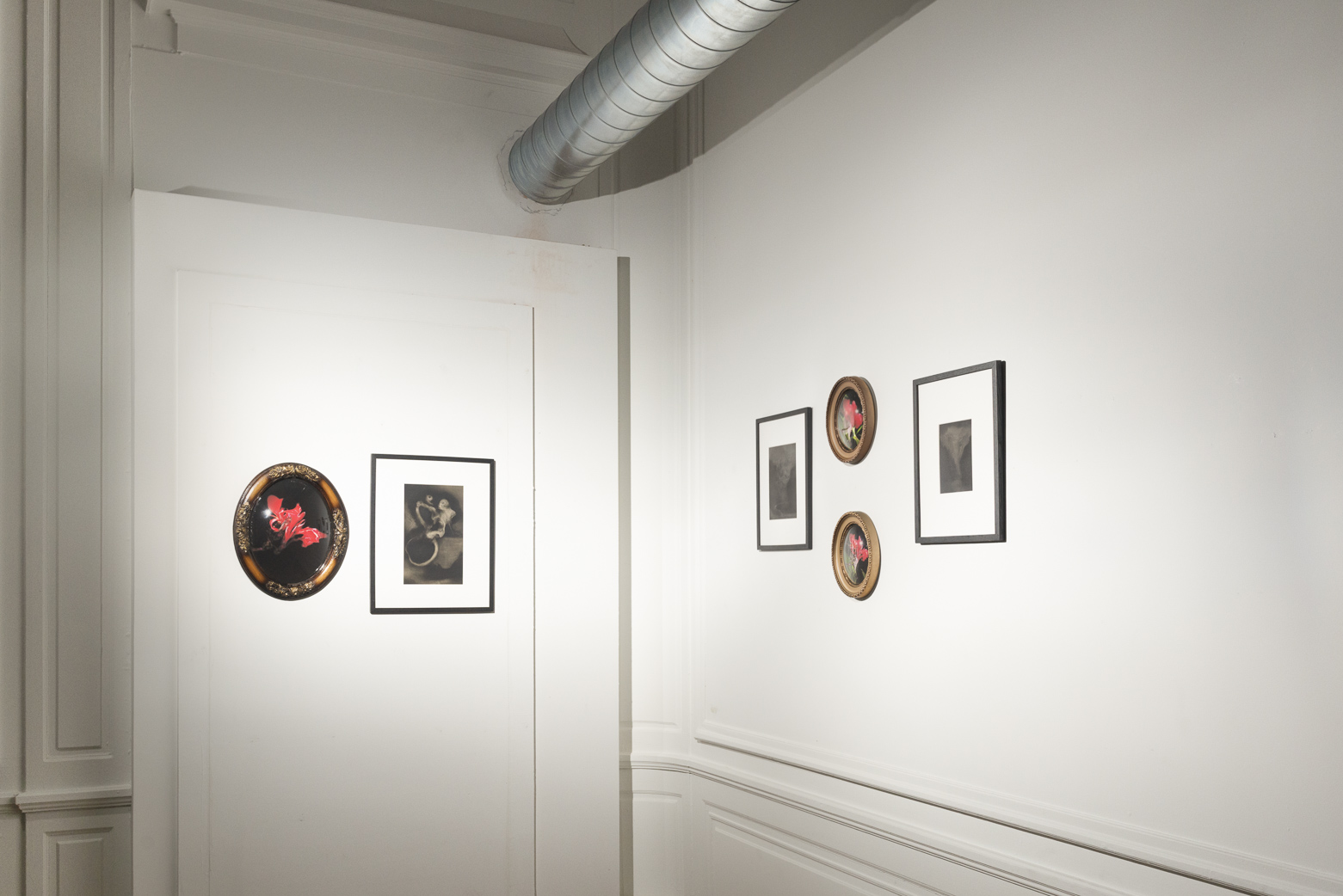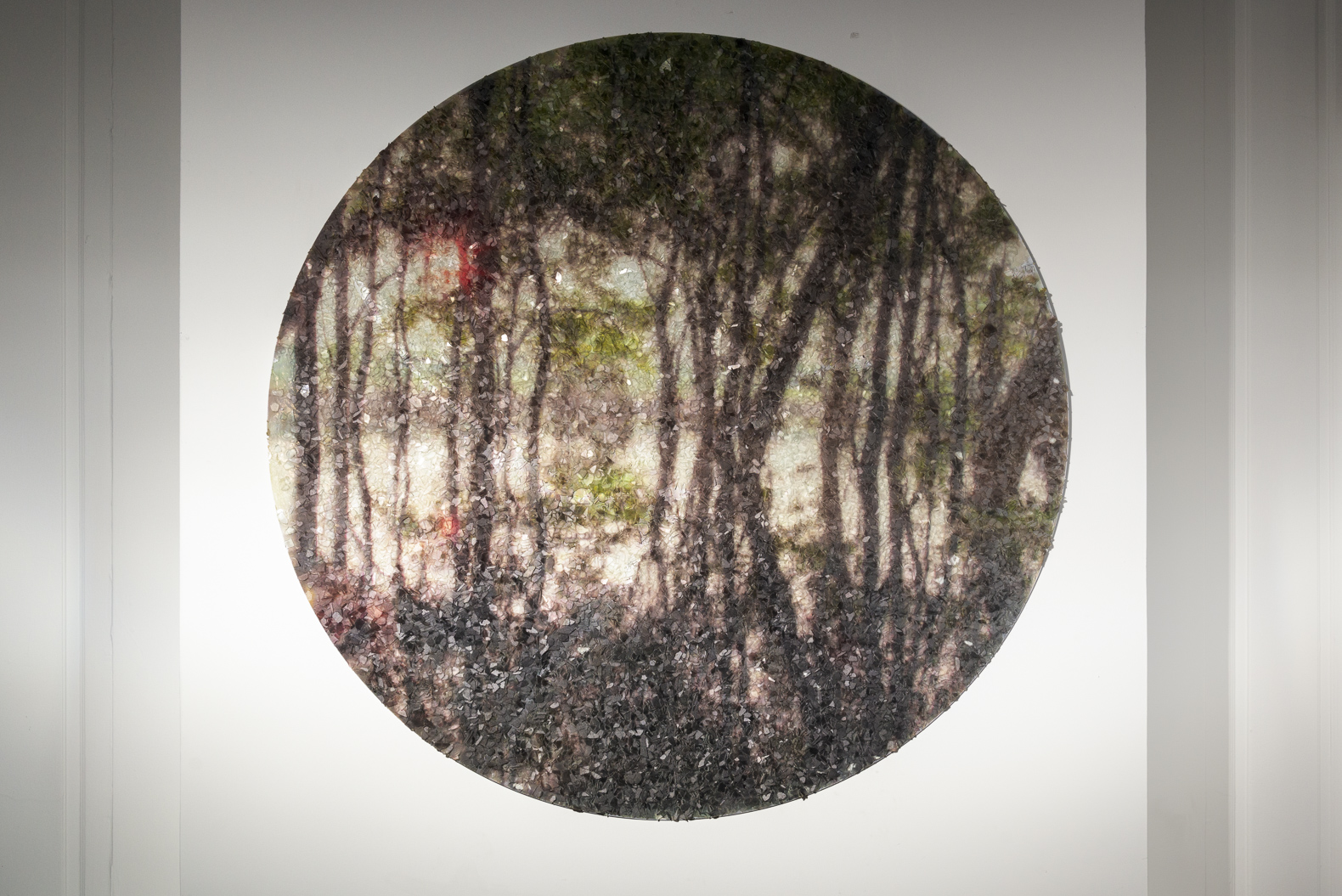Double Focale – Double Regard
Together with RICHARD LAILLIER
B/W Drawings
This set of drawings was born from black: they come from the erasure of what covered the support. The eraser, the hand and the breath have united to lift the veil and offer to the
look at the metamorphosis of obscurity into clarity.
In the darkness everything is possible and these drawings suggest not remaining there.
The erasure of the pictorial black reveals a door and the one shown here opens towards a territory among others.
This door is not the only one offered by the dispersion of darkness,
she is one among an infinity. Each image is a voluntary choice or not, because the images cross time.
We can see them in passing or offer them the attention of fragments of our lives.
Far from being simple mirrors which would only be an interpretation of our reflections and our projections, all images transcend the reality of moments and these two ways of offering the eyes each have their importance, their reason for being: the eye of the one who looks is the the only one who decides what will be seen.
Richard Laillier
Red Flowers
My part consists of a series of photographs of one red flower.
Each image shows different details of the flower, presented in an oval frame with convex glass, a reference to traditional dried flower arrangements from the 70’s.
The oval frames are an alternative to the usual rectangular or
square format, and offer a subtler, more organic, viewing experience.
Visitors can discover different points of interest in the images
of the red flower. The convex glass also introduces a slight distortion and invites viewers to think about the play of light and form. By means of combining contemporary photography with vintage frames creates an intriguing image mix of past and present.
“Double focale – Double regard” wants to make the viewer think about the fleeting nature of beauty and the different facets of perception.
The red flower, that one symbolising passion and vitality, becomes a focus point of contemplation.
Peter Bracke















